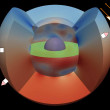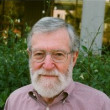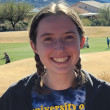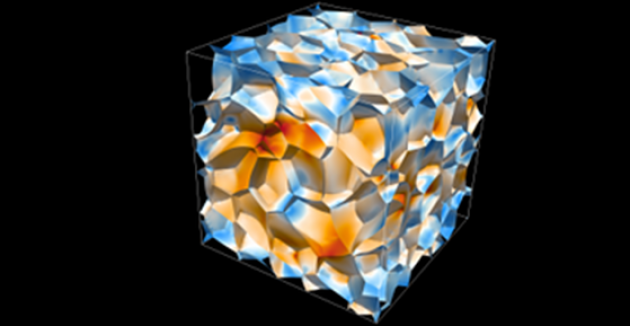
Multiphysics in Materials and Industrial Devices
The Voronoi Implicit Interface Method (VIIM) built by CRD Math researchers can track multiple coupled interfaces moving under complex physics constraints.
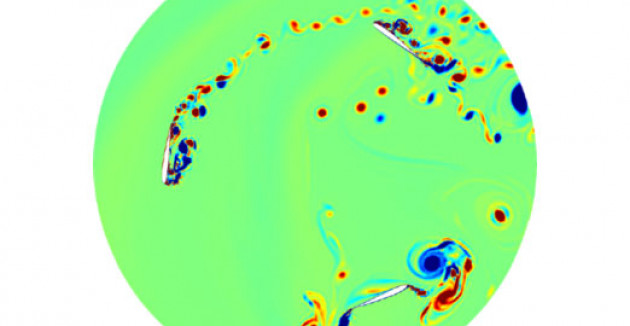
Simulation of Vertical-Axis Wind Turbines
Optimizing blade design and structure in these unusual turbines is highly challenging. We were able to accurately compute optimal VAWT configurations in various environments.
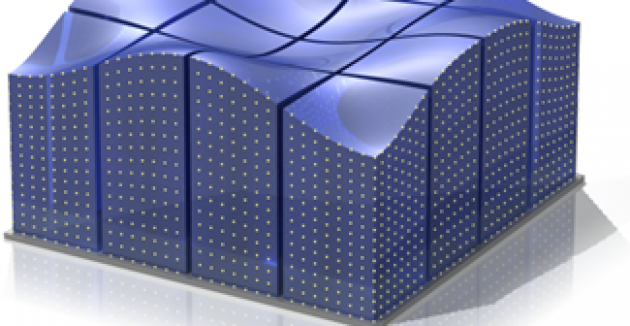
Rolling Tires and Failure
The process of fracture in tires is a complex problem in polymer chemistry, materials science, and mechanics. In order to effectively predict the state of balance for design purposes, one needs a meth…

Implicit Sampling
The need to sample complicated many-dimensional probability densities arises in applications ranging from data analysis to computational physics.
About the Group
The Mathematics Group at LBNL develops new mathematical models, devises new algorithms, explores new applications, exports key technologies, and trains young scientists in support of DOE. We use mathematical tools from a variety of areas in mathematics, physics, statistics, and computer science, including statistical physics, differential geometry, asymptotics, graph theory, partial differential equations, discrete mathematics, and combinatorics. The problems we attack are both technologically interesting and mathematically challenging, and form a set of interrelated computing methodologies and applications in support of the DOE energy mission. »More about our mission and research.
Group Leader: James Sethian
Research Highlights

New Materials Design
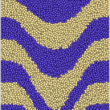
Granular Flow: Coal Hoppers and Pebble Bed Reactors
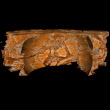
High-Throughput Data Extraction from the DOE Advanced Light Source
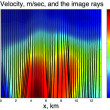
Seismic imaging: Reconstruction of the earth from surface recordings
